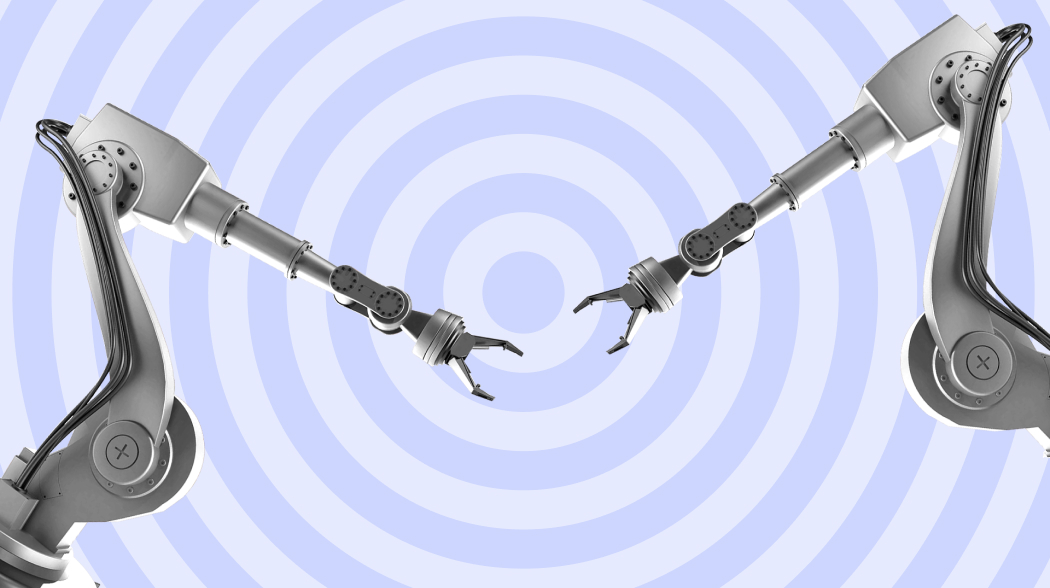Since accounts payable (AP) management involves the company’s financial obligations to its vendors and suppliers, it is a crucial process for businesses of all sizes.
Traditionally, managing AP has been a time-consuming and complex process, involving:
lots of paperwork,
manual data entry, and
frequent communication with vendors for clarifications and confirmations.
However, in recent years technology has facilitated a significant trend towards AP automation, which streamlines the process and makes it more efficient.
The advantages of using an automated, cloud-based solution
The use of cloud-based software solutions is one technology enabling the automation of the entire AP process. These solutions easily integrate with a company’s existing accounting software and can automatically import data from invoices, receipts, and other financial documents, eliminating the need for manual data entry, reducing the risk of errors, and freeing up staff time for more strategic tasks.
Another trend is the use of artificial intelligence (AI) and machine learning (ML) to improve AP management.
These technologies can analyze data from invoices, credit notes, receipts, purchase orders, delivery notes, and so on, identifying patterns and anomalies that might indicate fraudulent operations or errors. They also offer predictive analytics to forecast future expenses based on past patterns to help CFOs better manage cash flows and make more accurate projections.
eInvoicing and eReporting
The introduction of electronic invoicing (eInvoicing) legislation is fuelling another important trend in AP management. By eliminating the need for paper-based invoices, which can be lost or delayed, eInvoicing accelerates invoice processing and payment and makes both more accurate. It also makes it easier for companies to track and manage their financial obligations to suppliers and tax authorities.
Allied to the automation of invoicing is the growing requirement to report tax information or invoice data to authorities, often via a central system. Known as eReporting, the practice has become increasingly popular among public administrations in multiple countries due to its advantages of improved accuracy and timeliness of data, that in turn enables tax revenues to be collected more easily and quickly.
However, international eReporting systems can vary widely in terms of their complexity and functionality, and different countries usually use different languages, systems and platforms. This can be complicated for CFOs and their teams to manage.
Improved supplier relationships
Last but not least AP automation can help improve vendor relationships by facilitating the communication of financial data thereby enabling faster and more accurate payments. This can help CFOs to secure better pricing, safeguard cash flow by eliminating duplicate or late payments, and build stronger relationships with their suppliers based on increased trust.
All these elements are fuelling the interest in AP automation as CFOs seek to optimize their cash flows, generally streamline their financial processes, and improve their team’s efficiency.
Contact us to find out not only how you can implement AP automation but also comply with obligatory tax reporting across multiple jurisdictions.



